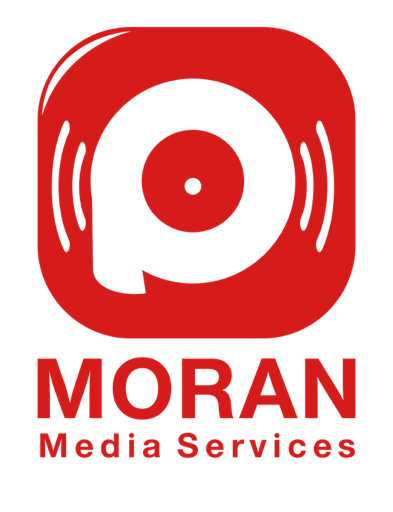Vendor Management System VendorCafe
VendorShield follows your custom rules to ensure suppliers meet your requirements for insurance coverage, background checks and more. You can identify at-risk vendors and develop strategies for managing them. VendorShield follows your custom rules to ensure suppliers meet your requirements for insurance coverage, background checks and more. Proactively assess vendor risk and ensure that only approved vendors are added to your accounting system.
Streamline Onboarding
If username with provided email exists in our database, you will receive an email with password reset link to reset your password. Charge $100, see $96.35 deposited into your bank account.
- Define and automate your onboarding process and proactively assess vendor risk across your portfolio.
- Reduce or eliminate lost and duplicate invoices by importing invoices directly to the invoice register.
- Permission may be granted to redistribute this material in its entirety provided that this copyright notice is not removed or altered.
- When your client pays you with their card your payment will automatically post to the bank deposit account of your choice within 3-4 days.
Risk reduces on Yardi
Speed up the invoicing process for vendors while reducing printing, mailing and storage costs for property managers. VendorShield offers simple management of W-9, COI, service contracts and other documents. Full integration with Yardi Voyager and VendorCafe offers a one-stop shop for vendor management. Property managers and vendors all gain access to expert account management. Enable efficient invoice processing with easy online enrollment of vendors through VendorCafe. Automated vendor credential screening increases your team’s efficiency by letting your team focus on core property management operations.
Streamline the vendor payment process with Yardi Bill Pay. Centralize product and service vendor information with VendorCafe while reducing property risk with VendorShield. Centralise your product and service vendor information in a single system of record, with a 360-degree view of vendors and property associations. Reduce paper, cut costs and get better results with online vendor management. professional corporations offer tax breaks Our supply chain is strategic to our business and we manage vendor relationships consistent with our Global Code of Ethics and Business Conduct. Information obtained from all our vendors including contracts, quotations, prices and other proprietary materials is safeguarded, protected and used only for legitimate business purposes.
Reduce Risk
When you accept card payments, you eliminate having to deal with bank deposits and check processing fees. When your client pays you with their card your payment will automatically post to the bank deposit account of your choice within 3-4 days. And, as always, you can view your invoice status and payment details in fixed costs: definition formula & examples real time, at any time. NexusConnect is our invoice workflow management system that allows for electronic delivery, status tracking and payment information for all vendor invoices. All vendors are required to submit invoices directly into NexusConnect for approval and payment processing. Once registered and approved in VendorCafe® per the instructions above, create a NexusConnect account using our invite code QD8WQ-NXS.
Leave collection and auditing of insurance data to Yardi’s experienced compliance team. You have failed the maximum attempts to answer the security questions. An email was sent to Support and an agent will reach out to you. You should be prepared to provide your company Tax ID information and specific client invoice details in order to verify your account. Reduce or eliminate lost and duplicate invoices by importing invoices directly to the invoice register.
Confidential materials are not disclosed in any way to other vendors, outside organizations or to any unauthorized persons. Disclosure of confidential materials is professionally unethical, damaging to Ventas and the relationships with our vendors. VendorCafe provides a secure, single system of record to manage business with vendors. The system executes the onboarding process defined by you. Define and automate your onboarding process and proactively assess vendor risk across your portfolio. VendorCafe provides a secure, single system of record to manage business with vendors.
Then, begin submitting invoices electronically for fastest payment processing. For further assistance, please review the NexusConnect Account Registration Instructions and FAQs. Leverage all the products in the Yardi Procure to Pay Suite to limitations of ratio analysis maximize your savings and operational efficiencies. Process invoices electronically with Yardi PayScan and gain access to more than 1 million MRO products with Yardi Marketplace. Centralize product and service vendor information with VendorCafe while reducing property risk with VendorShield.


